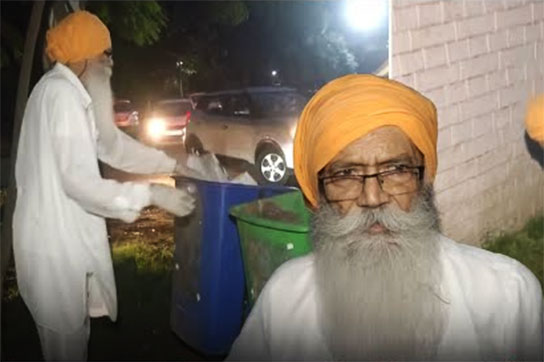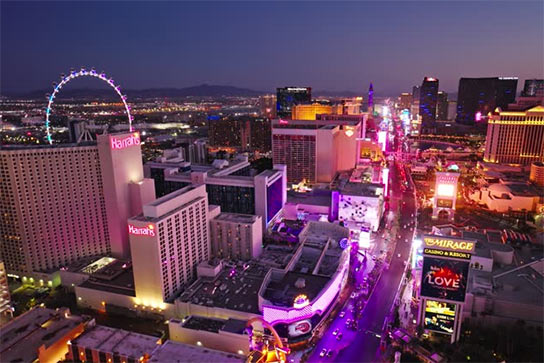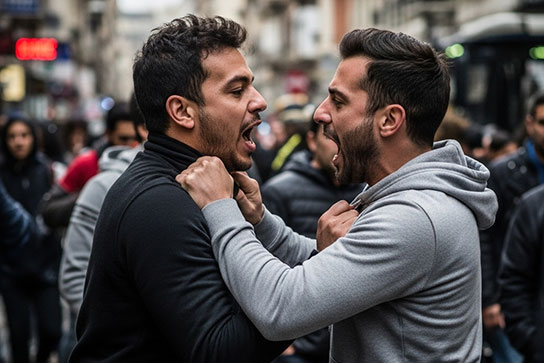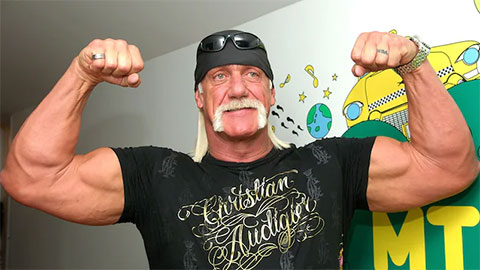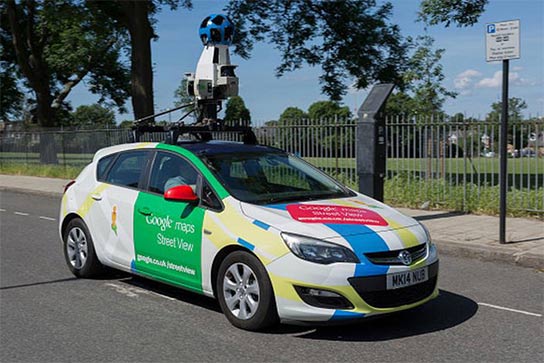Every nation in the world is multi-ethnic, Singapore is just much more aggressively so. It makes a big deal about its multi-ethnic identity. Well, it has a reason to, and Indians should be proud of it—President Sellapan Ram Nathan is of Indian decent, as is C. V. Devan Nair, who was the President of Singapore from 1981-1985.
Other prominent Ministers who trace their roots to India are Professor Shunmugam Jayakumar, the Deputy Prime Minister, and Co-ordinating Minister for National Security and Minister for Law; Tharman Shanmugaratnam, Minister for Education and Second Minister for Finance, and Vivian Balakrishnan, Minister for Community Development, Youth and Sports, and Second Minister for Information, Communications and the Arts; and Dr Balaji Sadasivan, Senior Minister of State for Foreign Affairs.
Making their Mark
The name Singapore is derived from the Sanskrit words simha and pura. In Tamil, singam means lion and puram means city, and thus, Singapore is also known as the Lion City. It is one of the smallest countries in the world, with a total land area of just 699.4 square kilometres. It consists of one main island and 63 tiny islands, most of which are uninhabited. This city state has a population of about 45 lakh only.
Indians have been a component of Singapore’s society since its founding, their presence is being felt and their achievements are being celebrated now. President Nathan only recently released in Singapore The Encyclopedia of the Indian Diaspora, a work in which 60 authors and experts from over 15 countries have contributed.
For most visitors, the first view of Singapore is the sleek Changi International Airport, and it is widely acknowledged that the engineering brain behind it was a Tamil, Dr. A. Vijaratnam. The Chief Executive of Singapore Airport Terminal Services is Karmjit Singh and Singapore Airlines owes much of its international standing to the leadership provided by J.Y. Pillai.
Deepavali Celebrations
There is no doubt that Singaporeans of Indian descent have made their mark as judges, civil servants, doctors, entrepreneurs, journalists, artists and teachers. The Forbes magazine’s Singapore’s Top 40 Rich List in August this year found Murli Kewalram Chanrai the richest Indian in Singapore. He heads the $3 billion Kewalram Chanrai Group. Every Indian tourist knows of Mustafa Centre in Little India. The owner, Mustaq Ahmad, is the second man on the list, while Sudhir Gupta, a tyre tycoon is third and Kartar Singh Thakral, who has extensive interests in textiles and IT peripherals, is the fourth richest Indian expatriate.
 Diwali or Deepavali Celebrations, as Singaporeans call it, are a month-long affair with Indians shopping and setting up stalls. Singaporeans, who are normally strict about spick and span appearance, allow a bit of leeway in Little India, and bazaars spring up, offering all kinds of Indian stuff—saris, sweets, souvenirs and spices. The roads are lit up with brilliant gates featuring peacocks and even busses carry huge hoardings celebrating the event and the diversity of Singapore. Deepavali is a gazetted public holiday and many public functions and social events are held jointly by Indian organisations and the Singapore government.
Diwali or Deepavali Celebrations, as Singaporeans call it, are a month-long affair with Indians shopping and setting up stalls. Singaporeans, who are normally strict about spick and span appearance, allow a bit of leeway in Little India, and bazaars spring up, offering all kinds of Indian stuff—saris, sweets, souvenirs and spices. The roads are lit up with brilliant gates featuring peacocks and even busses carry huge hoardings celebrating the event and the diversity of Singapore. Deepavali is a gazetted public holiday and many public functions and social events are held jointly by Indian organisations and the Singapore government. Blue Collar Start
In the 19th and early 20th centuries, Indian men had worked in Singapore. Like traditional immigrants, they sent money home to families and wives in India, whom they would visit every few years. The men largely lived alone and before World War II an Indian family in Singapore was a rare sight. In 1931, there were 5,189 men for every 1,000 women. An overwhelming 64 per cent of the Indians in Singapore came from Tamil Nadu. Malayalis and Punjabis, mostly Sikh, were the other main groups with 8 per cent each.
The first Sikh immigrants to Singapore were the 65 Sikh policemen who were brought by the British from Shanghai in 1881 to tackle the Chinese gangs that plagued the city then. Some were also used as Harbour Police.
The numbers crept up slowly—in 1911, there were 198, which became 1,022 by 1921. This was largely because many who could, did not settle down, just did their job and went “back home”. In time, especially after World War II, some returned with their wives and settled down.
Changing Profile
Most of these immigrants became businessmen after Singapore attained freedom. Some became moneylenders. The second wave of Sikhs that came into Singapore came after the partition of India and Pakistan, and many of these were into the wholesale textile businesses, especially in the High Street area. They were very successful. The third wave, which started in the 1980s comprised highly educated professional Indians, which raised the profile of the community.
Like other Indians, many of the Sikhs in Singapore are teachers. There are a number of civil servants and uniformed security personnel. However, nowadays the new generation is largely professional—lawyers, doctors, engineers and accountants. There are IT professionals. Inderjit Singh, an IT entrepreneur is a Member of Parliament, and former members include Divinder Singh, a prominent lawyer, who was an MP from 1989-2001. Justice Chur Singh rose up to be a judge of the Singapore Supreme Court.
The first Sikh gurdwara came up in 1921. There are now a number of gurdwaras in Singapore, and three gurdwaras, representing the Majha, Malwa and Doaba regions, are within a few hundred yards of each other. During World War II, the gurdwaras became a refuge for many persons, including locals, displaced by the war. Nowadays, the gurdwaras are a refuge for the elderly who often meet there for socialising.
 Teaching Punjabi
Teaching PunjabiTamil is an official language of Singapore, and though Punjabi is not, the Singapore Sikh Education Foundation runs weekend schools that teach Punjabi to over 2,200 students from Kindergarten to the “A” level. Tamil is taught officially.
As Dr Balaji Sadasivan said at the official presentation of the Encyclopedia of the Indian Diaspora: “The phenomenon of the Indian Diaspora is not new. It has ancient roots. In the 1st Century A.D., Dharmaraksa and Matanga went to China on a white horse at the invitation of the Han emperor Mingdi. The White Horse Monastery, or “Bai-Ma-Si”, was built for the two monks and they settled in China. From then on, there was a steady stream of Indians who travelled out of India.
“Some like Gautama Siddharta achieved a high position as the head of the Chinese Astronomy Board in the 8th Century. Throughout South East Asia, thousand-year-old temples and stupas bear testimony to the ancient Indian influence spread by Indian travellers and traders. The Angkor Wat, the Borobodor and the Prambanan temples reflect this cultural influence.”
The diaspora started its move centuries ago. Punjabis in particular and Indians in general are making waves and lighting lamps of achievement wherever they go even today.


